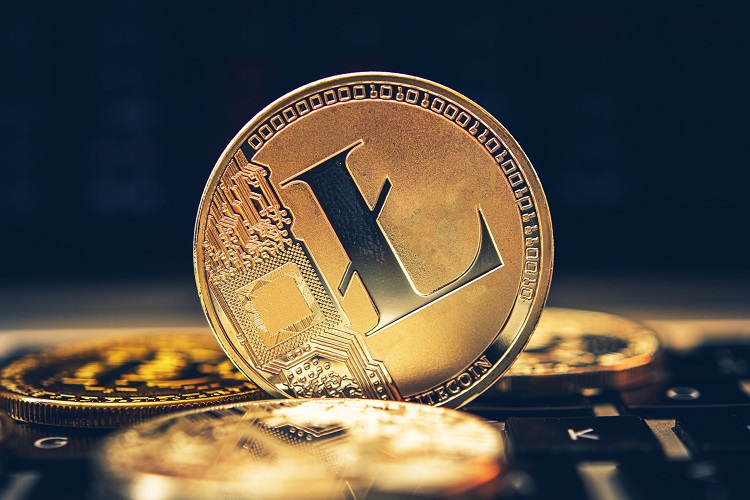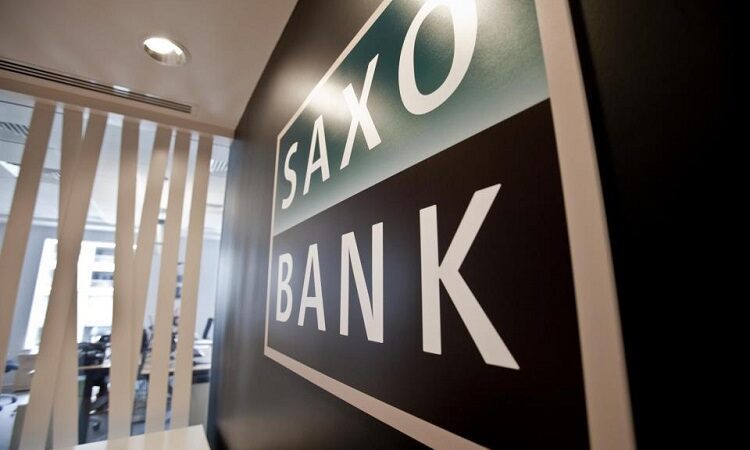LiteCoin: The Silver to Bitcoin’s Gold

Cryptocurrencies have transformed the financial landscape, introducing a myriad of digital assets designed to revolutionize the way we perceive and use money. Among these digital currencies, Litecoin has emerged as a prominent player, often referred to as the ‘silver’ to Bitcoin’s ‘gold’. Created by Charlie Lee, a former Google engineer, Litecoin was launched in 2011 as an open-source, peer-to-peer cryptocurrency that aimed to improve upon Bitcoin’s shortcomings while offering a faster and more scalable alternative.
The Genesis of Litecoin
Litecoin, often symbolized as LTC, shares numerous similarities with Bitcoin due to its underlying technology—both are based on a decentralized blockchain network. However, Litecoin was conceived with the intention of addressing some of Bitcoin’s limitations. One of the primary differences lies in the mining algorithm. While Bitcoin uses the SHA-256 algorithm, Litecoin employs a different algorithm known as Scrypt. This alteration allows Litecoin to facilitate faster transaction confirmation times, making it more efficient for everyday transactions.
Differentiating Factors
- Transaction Speed: Litecoin’s block generation time is approximately 2.5 minutes compared to Bitcoin’s 10 minutes. This results in faster confirmation times for transactions on the Litecoin network, making it a preferred choice for smaller value transactions.
- Supply Cap: Similar to Bitcoin’s finite supply of 21 million coins, Litecoin also has a maximum supply cap of 84 million coins, four times the amount of Bitcoin. This higher supply has led some to view Litecoin as more suited for micro-transactions or smaller payments.
- Mining Algorithm: The Scrypt algorithm used by Litecoin is more memory-intensive and was initially considered less susceptible to mining with specialized hardware (ASICs), promoting a more decentralized mining ecosystem.
Use Cases and Adoption
Litecoin, being one of the early altcoins, has gained recognition and adoption in various sectors. Its faster transaction speed and lower fees have made it a favored choice among users for everyday transactions like purchasing goods and services. Additionally, it’s often used as a means for transferring funds between exchanges due to its efficient transaction processing.
Several merchants and online platforms accept Litecoin as a form of payment, broadening its use cases. The currency’s liquidity and stability have contributed to its acceptance in the crypto community, positioning it as a reliable medium of exchange.
Future Prospects
The cryptocurrency market is highly volatile and constantly evolving. While Litecoin continues to hold a significant position in the crypto sphere, its future depends on various factors, including technological advancements, regulatory developments, and market demand. As the crypto space matures, Litecoin’s adaptability and ability to remain relevant will play a crucial role in its sustained success.
Conclusion
Litecoin, with its focus on faster transaction speeds, lower fees, and enhanced scalability, has carved a niche for itself in the vast cryptocurrency landscape. Often regarded as a complementary asset to Bitcoin, Litecoin has demonstrated resilience and staying power in a competitive market. As the cryptocurrency ecosystem continues to expand, Litecoin’s role as a viable digital currency for everyday transactions remains robust, solidifying its position as a key player in the crypto realm.





